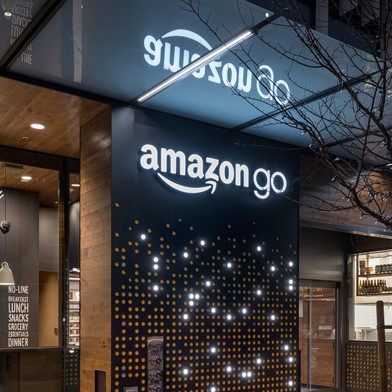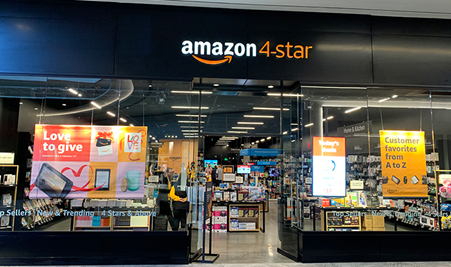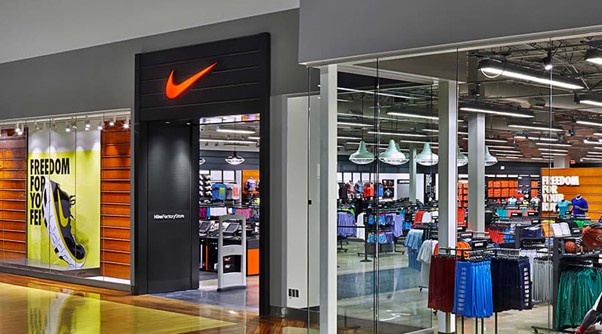The Mighty Amazon

Amazon have recently announced that they will be opening their first bricks and mortar clothing store in California. They are already well established in the physical store realm with Amazon 4 star (merchandise, books, devices), Amazon Books, Amazon Fresh (groceries), Amazon Go (convenience & prepared meals).

Their current physical stores are carefully curated with their top selling lines to limit the risk of old stock sitting on the shelves.
However the whole concept of this original online retail behemoth now having a physical presence intrigues me. Several years ago as Amazon online was coming to Australian shores, brands were strongly being encouraged to jump on board because you needed to be on the Amazon platform to survive. They spruiked that your products would have great exposure to a huge buying base. It was marketed so strongly that many brands were too scared not to be listed with Amazon. So they signed up.
Back then the retail game was tough; and it still is. Throw in the global pandemic and everyone is learning to play by new rules. Oh, but how Amazon have learnt thanks to the sales data generated by all the brands and manufacturers who sell with them.
To me it seems the line has definitely blurred. The online giant who did exactly that- “Online”, seems to have decided “stuff it”, now we’re going to play in the physical world also.
Were brands signing up with Amazon in blind faith and assuming Amazon would always stay in their corner of the ring or were they going in with one eye open? By entering the arena of physical stores, is Amazon now eating the same suppliers who use their online platform?
It will be interesting to watch this play out. So far the Amazon physical stores have not reached Australian shores. They have established in North America which has a much larger market than here.
The new Amazon clothing store is planned to be larger than an average department store. This gives Amazon amazing lease negotiating power when dealing with landlords. They would be seen as an anchor tenant (will attract lots of shoppers to the shopping centre) and most likely be on a very reduced rent rate per square meter as a result.
It’s easy to go on line and find the same clothing item stocked by several different retailers and easy for online retailers to be competitive with prices, but paying rent is a major overhead for physical stores.

This also brings a myriad of issues. How do brands structure their next pricing band to ensure an equitable end price between their items sold at Amazon stores vs a smaller retailer? Will smaller retailers selling the same items become obsolete, beaten in the pricing game by Amazon who will have great negotiating powers with the suppliers? Will suppliers have to come up with product lines exclusive to Amazon stores, so that this double up scenario doesn’t occur?
One of the reasons that department stores have been struggling for many years is that the brands they once exclusively stocked have now opened their own stores. The presence of physical Amazon stores could create similar scenarios by offering the same products within the same shopping centre.
It will be interesting to watch how it unfolds. The fact that Amazon are testing the water in the massive US market and in very carefully selected areas will take a while for the impacts to be felt.

